NATO Undergoes Massive Transformation
 |
Photograph courtesy of NATO |
Since launching its first offensive operation in Kosovo in 1999, NATO has been changing its command structure and improving its ability to deploy small troop units quickly to anywhere in the world. It has shifted from a regional focus to a global focus and from its traditional tendency of taking an immediate action outlook for the more proactive approach of preparing a vision for future operations.
In 2001, the RAND Corporation, a nonprofit research organization located in
The report recommended a set of improvements for NATO in response to NATO’s 78-day air campaign against Slobodan Milosevic, former president of
“A lot of the issues [addressed in the report] are still relevant,” says Nora Bensahel, a senior political scientist who worked on the report. “NATO has clearly taken on a much larger role.” Bensahel has continued to study the United Nations’ and the
In the 2001 report, RAND researchers offer suggestions for the
The first issue addressed in the report is the
According to Bensahel, the
Cmdr. Denise Shorey, USN, public information plans and policy officer at ACT, explains the relationship between ACT and JFCOM as synergistic. “That’s one reason ACT is in
Despite larger defense contractor roles in military operations in the
The next set of recommendations in the report identifies six major issues that relate to NATO as a whole: command structures, the Defense Capabilities Initiative (DCI), alliance-based assets, a system for operational decisions, doctrine and military practices, and the consultation process.
The alliance has made the most progress in the area of command structures. The overarching recommendation
Members of the alliance had to vote unanimously to accept the realignment. The reorganization changes NATO’s focus from regions to operations and from interoperability and strategizing to future coalition operations—an important paradigm shift as NATO becomes more than just an alliance protecting its members’ borders. The ACT also represents a transformation in NATO from being an entity that reacts to imminent threats to an organization that plans for future troop capabilities.
“Every morning we wake up and think of how to promote change and make things better,” says Lt. Gen. J.O. Michel Maisonneuve, CF, chief of staff, Headquarters SACT. “It is a revolution. I think some nations are starting to see the benefit of having a full time change-management, change-encouragement organization.”
The
The NRF reached partial capability in 2005 and should reach full capability in October 2006. A training exercise named Steadfast Jaguar will take place for 30 days in June near
NATO has made great strides in being able to deploy quickly, especially among European partners. While the British and the French have had the ability to mobilize forces with little notice, the alliance realized after the Kosovo operation that creating a consensus for an offensive initiative is difficult and actions to create operational coalition plans and consensus should be taken in advance.
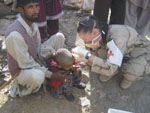 |
| A NATO doctor from the Netherlands treats a small child near Bagh, Pakistan, injured in the October 8, 2005, earthquake. Medical personnel at the NATO field hospital treat several hundred patients a day and offer inpatient care. |
Progress under this recommendation has been slow because of debate among allies about budgeting and contributions, along with how the assets should be used. Bensahel is not surprised that reorganization came more easily than reallocation. “It comes down to money,” she says.
While individual member nations contribute most of the assets NATO uses, occasionally the alliance asks for common funding, for example, the purchase of the Airborne Warning and Control System (AWACS), which NATO—not a member nation—owns. Gen. Maisonneuve explains that working within an alliance has challenges.
“Working in an alliance that’s based on consensus is never easy,” the general says. “Not everybody will agree all the time.” However, he adds that there is nothing more powerful than the alliance when all its members act together.
The fourth recommendation—for NATO to develop a more responsive system to request forces and assets from its members and to make operational decisions—has been addressed through the alliance’s command structure realignment and the NRF.
The last two NATO recommendations have resulted in improved peacekeeping missions but have not been tested in an operational setting. The
While NATO has not attempted to create a common operational approach in a combat initiative since Kosovo, the creation of the ACT demonstrates NATO’s dedication to preparing its forces for future coalition operations. The ACT is designed to work on these types of issues and to find solutions to potential problems. In peacekeeping initiatives such as the one underway in
The consultation process among NATO members also has changed. NATO now has 26 members, up from 19 in 2001. The new members comprise mainly
During the Kosovo campaign, the use of force and the type of force were causes for debate and deliberation among member nations. According to John E. Peters, a
The final
“The really high-tech stuff has become less central to allied operations,” Peters says. “In a world populated by
Developing air power may prove especially important if an initiative like Kosovo plays out again. During strikes in Kosovo, NATO allies were eager to use only air power because they wanted to limit the use of force and ground troops.
While most of the recommendations made in the 2001 report have been adopted in some form, NATO’s role in the world has changed significantly in the past four years. The operation in Kosovo marked a transformation of NATO from a regional defensive alliance to a worldwide responsive and offensive force.
After September 11, 2001, NATO took on the role of peacekeeper in areas like
After the September 11 terrorist attacks, NATO voted to invoke Article V, which states that an attack on one NATO state is an attack on all allies. This provision was originally instated so the
Despite the transformation the alliance has undergone, Bensahel says she has not been greatly surprised by what she has seen, nor does she believe the report team would have greatly altered their recommendations if they could have foreseen the future organizational changes and world events, especially the terrorist attacks. “It’s very much in line with what we have envisaged,” she says.
The question of when to use NATO is a political decision made by delegates from member nations. NATO’s changes in the past few years allow it to be more effective when it decides to act. Questions still remaining for NATO transformation include whether the European countries will step up to provide more assets and funding and, if NATO does engage in future offensive operations, who will participate and in what roles. But the alliance is continuing to try to find the answers before trouble strikes.
“[ACT] is a beast here that’s been standing up and trying to find its niche in terms of promoting the transformation of NATO,” Gen. Maisonneuve says. “I think it’s accomplishing great things.”
Web Resources
European Contributions to Operation Allied Force: Implications for Transatlantic Cooperation Research Brief: www.rand.org/publications/RB/RB72
NATO Allied Command Transformation: www.act.nato.int
Project Air Force: www.rand.org/paf
NATO’s Evolving Operations: www.nato.int/docu/review/2004/issue2/english/art3.html
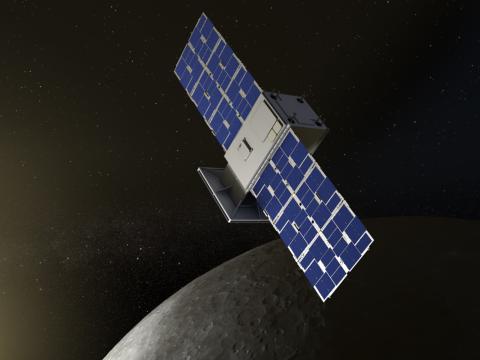
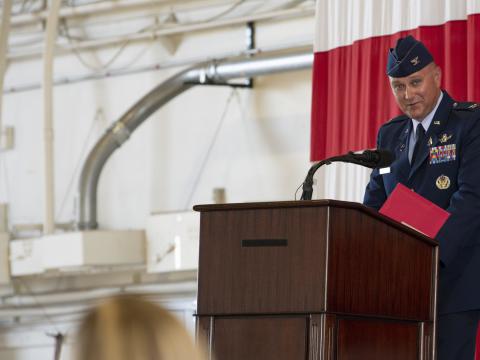

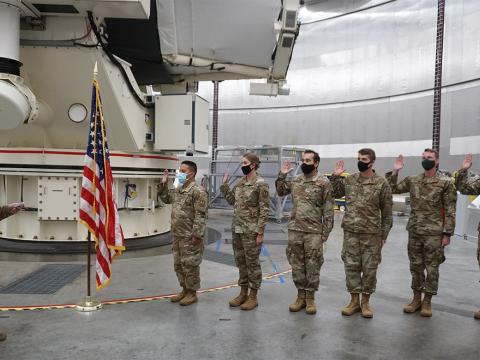
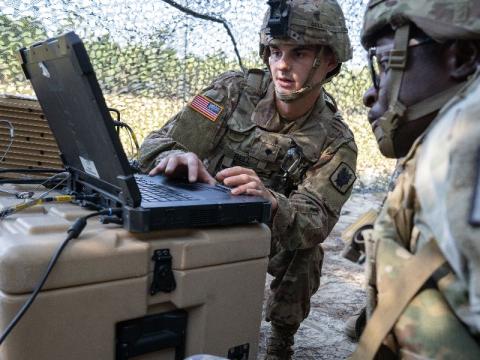
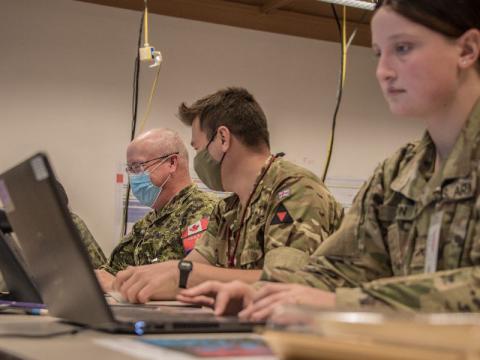
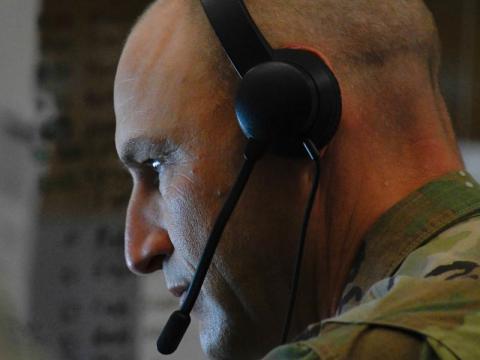
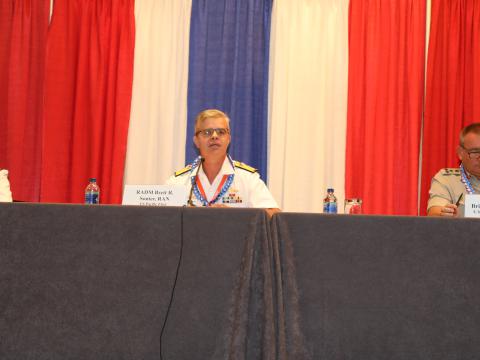

Comments